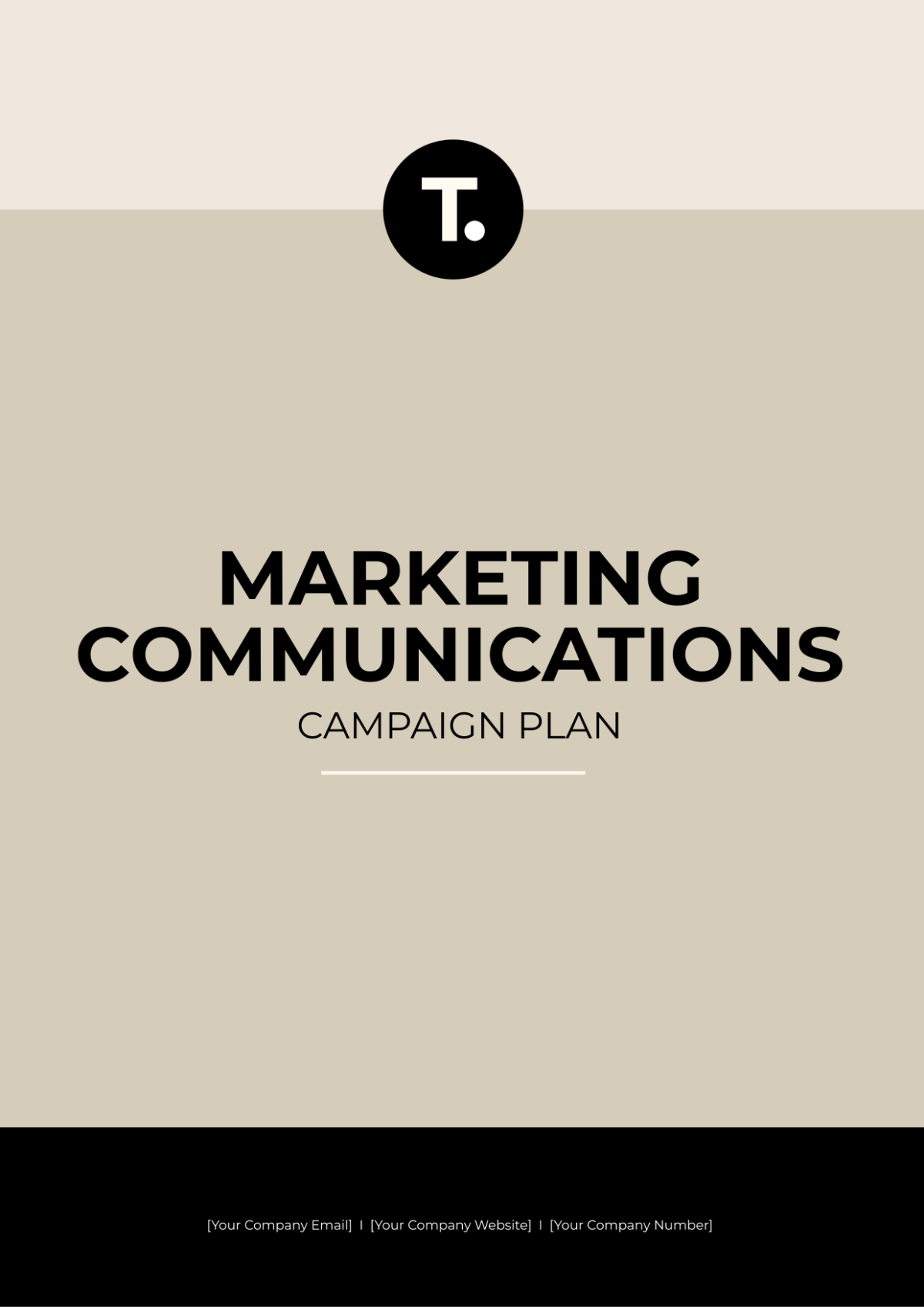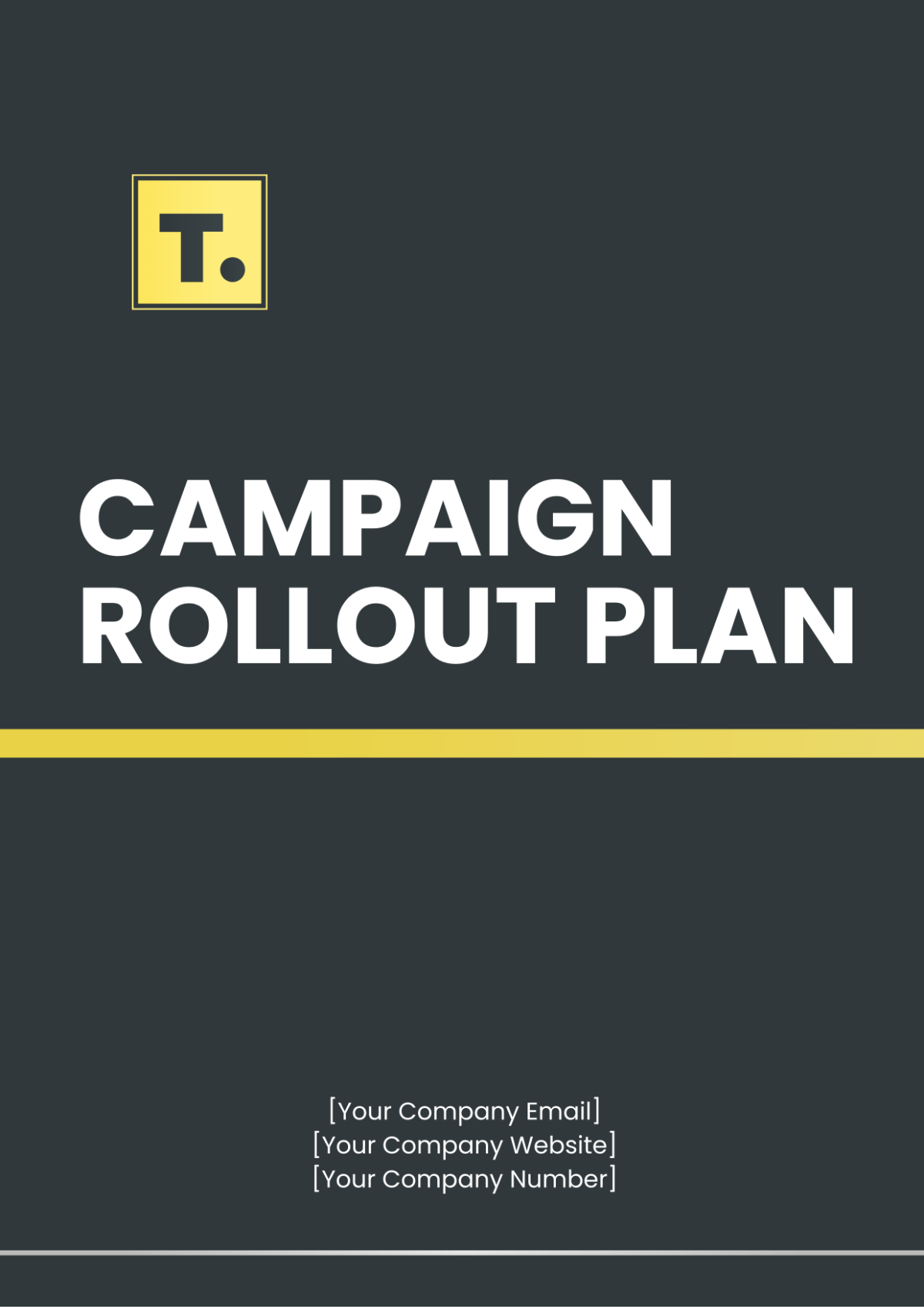Free Marketing Campaign Plan Specification
Plan successful campaigns effortlessly with the Marketing Campaign Plan Specification Template from Template.net. This fully editable and customizable template helps you outline strategies, set goals, and track progress efficiently. Designed for flexibility, it’s easily editable in our Ai Editor Tool, ensuring your marketing plans are clear, professional, and effective for any campaign.





























